The ancient practice of iridology offers a fascinating window into your body’s health through the colored part of your eye. By examining the intricate patterns, colors, and markings in your iris, trained practitioners can identify potential health imbalances and constitutional strengths. This comprehensive guide explores the key symbols and patterns in iridology reading, providing insights into how this holistic assessment tool works and what it can reveal about your wellbeing.
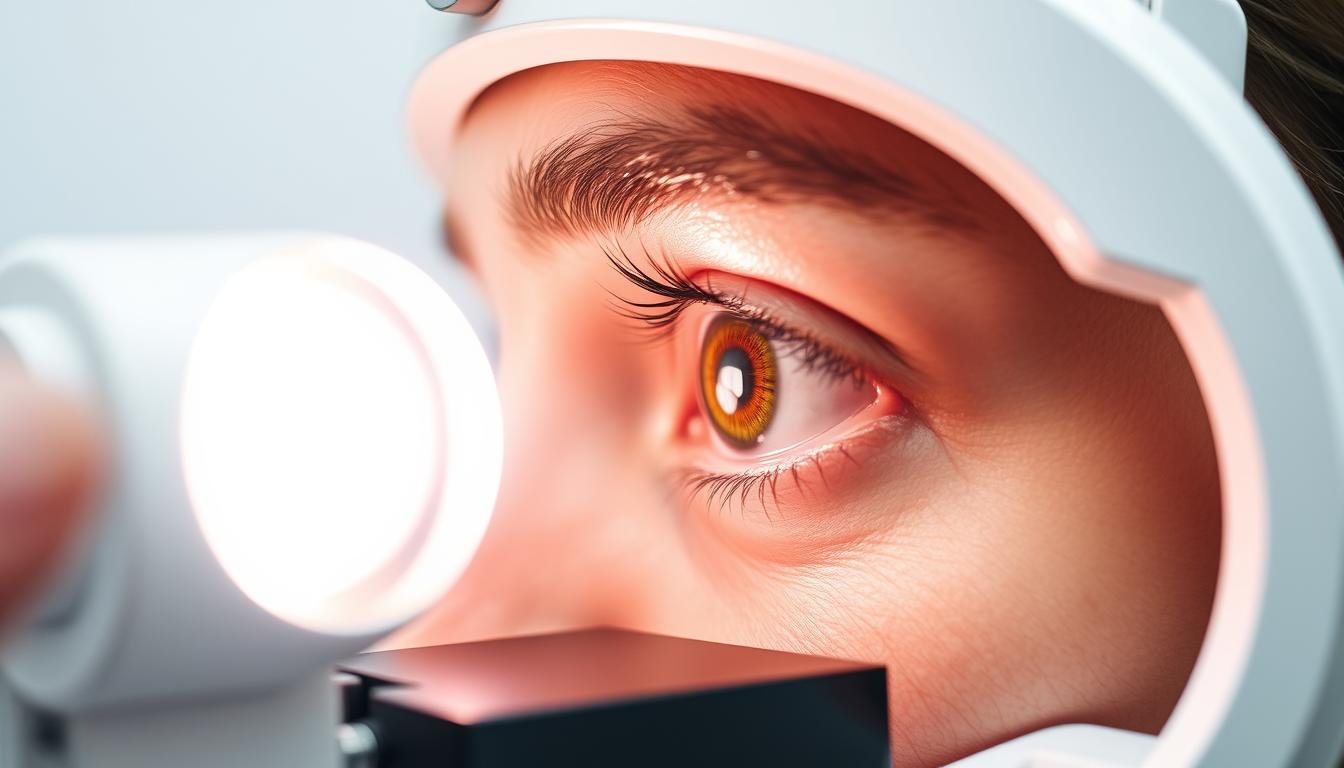
Professional iridologist conducting an examination with specialized equipment. www.iriscope.org
Iridology reading is a non-invasive assessment method that analyzes the iris to gain insights into a person’s health status. The iris contains approximately 28,000 nerve fibers connected to the brain via the optic nerve and hypothalamus, making it highly responsive to changes in body tissues. Each section of the iris corresponds to different organs and systems, allowing trained iridologists to identify potential imbalances and constitutional strengths.
Unlike conventional medical diagnostics, iridology doesn’t claim to diagnose specific diseases. Instead, it reveals tendencies, inflammation patterns, and potential areas of concern before symptoms may develop. This makes it a valuable preventive health tool when used alongside other holistic practices.
Discover Your Health Blueprint
Curious about what your iris reveals? Our professional iridologists use state-of-the-art equipment to provide detailed readings.
Book Your Consultation
The Historical Development of Iridology Reading Techniques
The practice of examining the iris for health insights dates back thousands of years. Ancient civilizations in Egypt, China, and India recognized patterns in the eyes that corresponded to health conditions. However, modern iridology emerged in the 19th century through the work of Hungarian physician Dr. Ignatz von Peczely, who first documented correlations between iris markings and health conditions.
In the early 1900s, Dr. Bernard Jensen significantly advanced the field in the United States, developing comprehensive iris charts and documentation methods that form the foundation of contemporary iridology reading practices. Today, iridology continues to evolve with technological advancements like high-resolution digital imaging and computer-aided analysis.
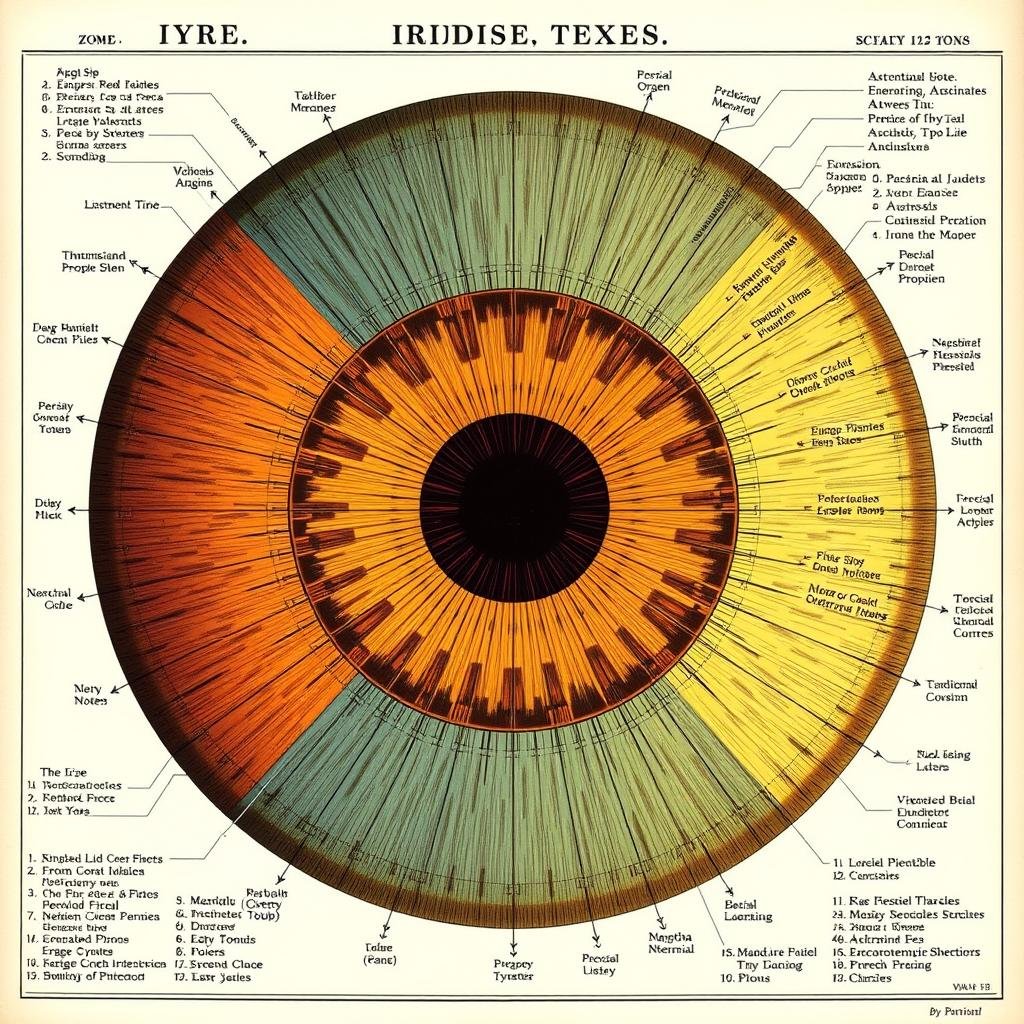
Traditional iridology chart mapping iris zones to body systems. www.iriscope.org

Modern digital iridology analysis with advanced mapping technology. www.iriscope.org
Understanding iris structure is fundamental to accurate iridology reading. The iris is composed of thousands of nerve fibers and minute blood vessels that form a unique pattern for each individual. These intricate structures reflect genetic information and respond to physiological changes throughout the body.
Key Anatomical Features in Iridology Reading

Anatomical cross-section of iris structures analyzed in iridology. www.iriscope.org
| Iris Structure |
Description |
Significance in Iridology |
| Collarette |
Circular ridge dividing the iris into pupillary and ciliary zones |
Represents the digestive system; irregularities may indicate digestive issues |
| Pupillary Zone |
Inner area between pupil and collarette |
Corresponds to internal organs and central nervous system |
| Ciliary Zone |
Outer area between collarette and limbus |
Relates to peripheral organs, glands, and musculoskeletal system |
| Crypts |
Openings or pits in the iris fiber |
May indicate inherent weaknesses or genetic predispositions |
| Radii Solaris |
Spoke-like fibers radiating from pupil |
Often associated with toxin elimination pathways |
The Iridology Reading Chart: Mapping the Iris to Body Systems
The iridology chart is the fundamental tool that guides practitioners in interpreting iris signs. This detailed map divides the iris into zones that correspond to different organs and body systems, allowing for systematic analysis during an iridology reading.
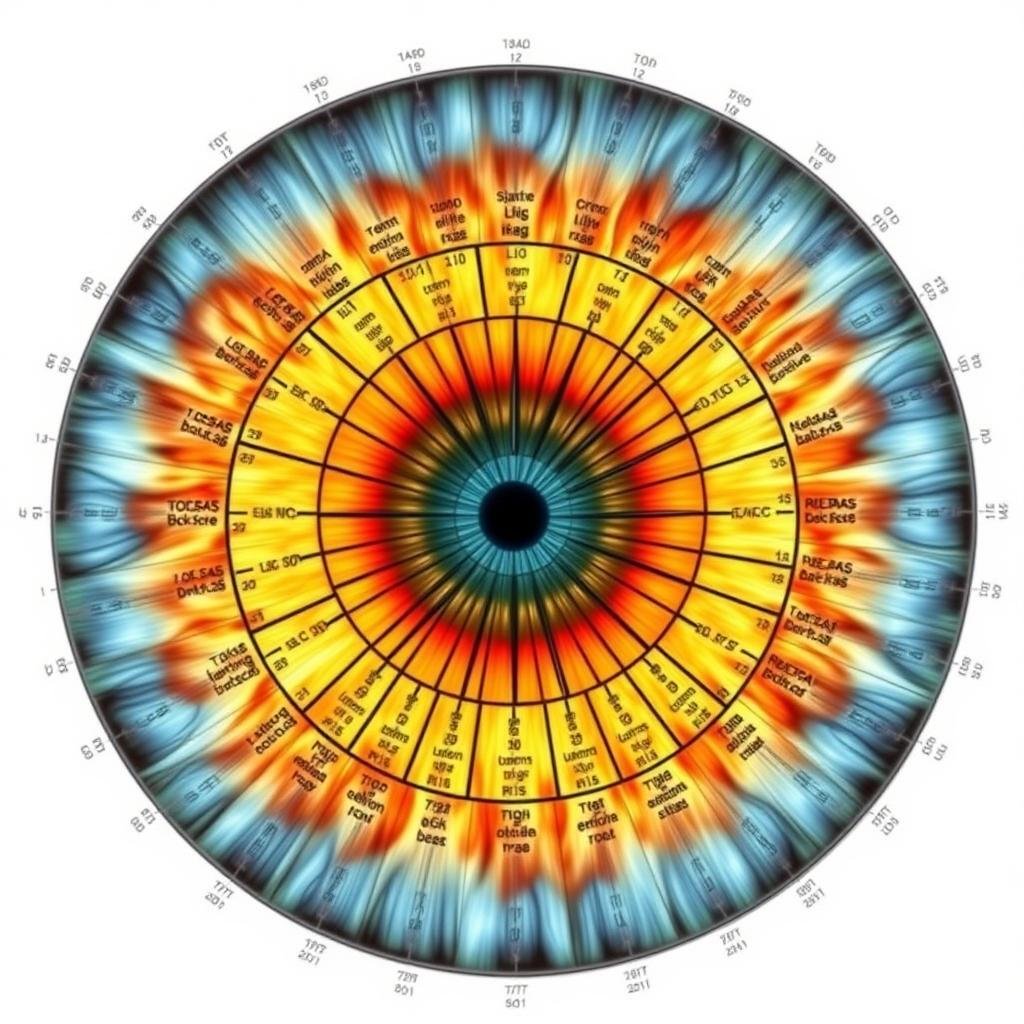
Comprehensive iridology chart mapping iris zones to body systems. www.iriscope.org
The chart typically divides the iris into approximately 60 sectors, with each eye providing slightly different information. The right iris generally corresponds to the right side of the body and organs like the liver and gallbladder, while the left iris relates to the left side and organs such as the heart and spleen. Some areas overlap, providing complementary information about the same systems.
Left vs. Right Iris in Iridology Reading
Right Iris Correlations
- Liver and gallbladder function
- Right kidney and adrenal gland
- Right side of brain and nervous system
- Right lung and bronchi
- Ascending and transverse colon
Left Iris Correlations
- Heart and cardiovascular system
- Spleen and immune function
- Left kidney and adrenal gland
- Left side of brain and nervous system
- Descending colon and sigmoid
Professional Insight: While iridology charts provide a framework for analysis, experienced practitioners also consider the interrelationships between systems and the overall constitutional picture rather than focusing solely on isolated markings.
Key Symbols and Markings in Iridology Reading
Iridologists identify specific patterns and markings that appear in the iris, each with particular significance for health assessment. These symbols form the visual language of iridology reading, allowing practitioners to interpret the body’s condition.
Lacuna Patterns in Iridology Reading

Various lacuna patterns visible in the iris structure. www.iriscope.org
Lacunae are enclosed spaces or lesions in the iris fibers that appear as darker areas. Their shape, size, and location provide significant information during an iridology reading:
| Lacuna Type |
Appearance |
Potential Indication |
| Closed Lacuna |
Completely enclosed dark area |
Inherent weakness in corresponding organ/system |
| Open Lacuna |
Dark area with opening on one side |
Acquired condition, often related to lifestyle factors |
| Acute Lacuna |
White-bordered dark area |
Active inflammation or irritation |
| Chronic Lacuna |
Dark area with no white border |
Long-term, chronic condition |
Radii Solaris: What Iridology Reading Reveals
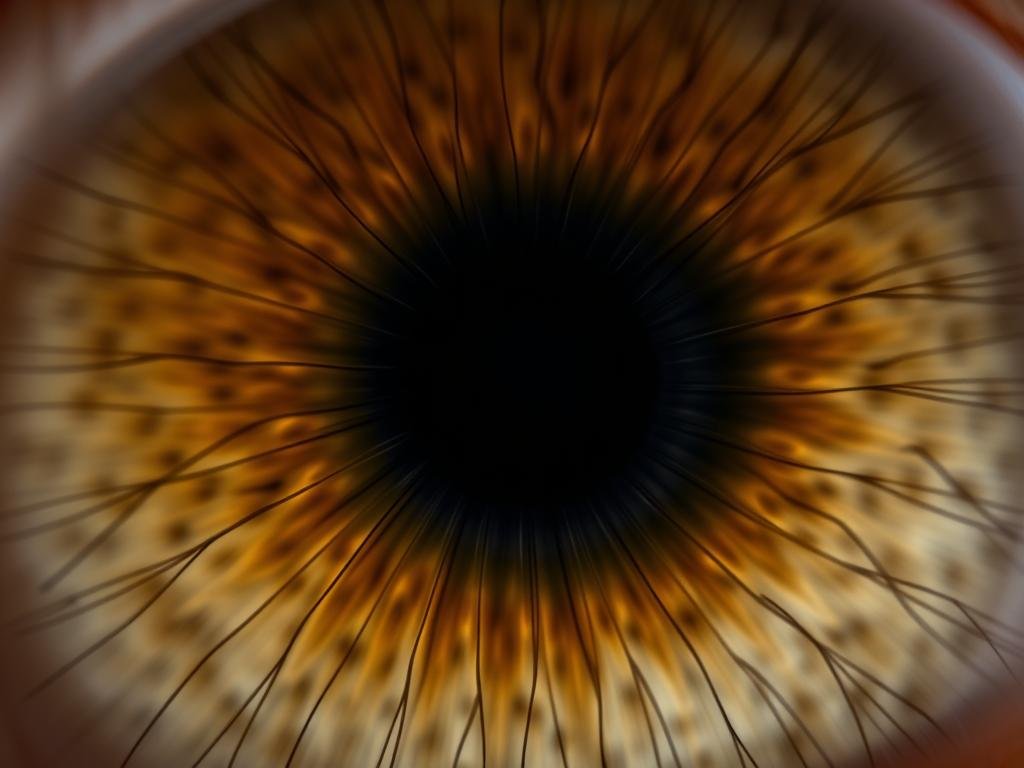
Radii solaris patterns indicating toxin elimination pathways. www.iriscope.org
Radii solaris appear as spoke-like lines radiating from the pupil toward the outer edge of the iris. These markings are particularly significant in iridology reading as they often indicate:
- Toxin elimination pathways
- Potential lymphatic congestion
- Areas of increased stress or toxic burden
- Hereditary weaknesses in elimination systems
Concerned About Toxin Buildup?
Our professional iridology assessment can identify potential elimination pathway issues and provide targeted recommendations.
Email for Details
Iris Colors and Their Significance in Iridology Reading
The base color of the iris provides fundamental information about genetic constitution and metabolic tendencies. Different iris colors reflect varying levels of pigmentation and fiber density, which iridologists interpret as constitutional types.
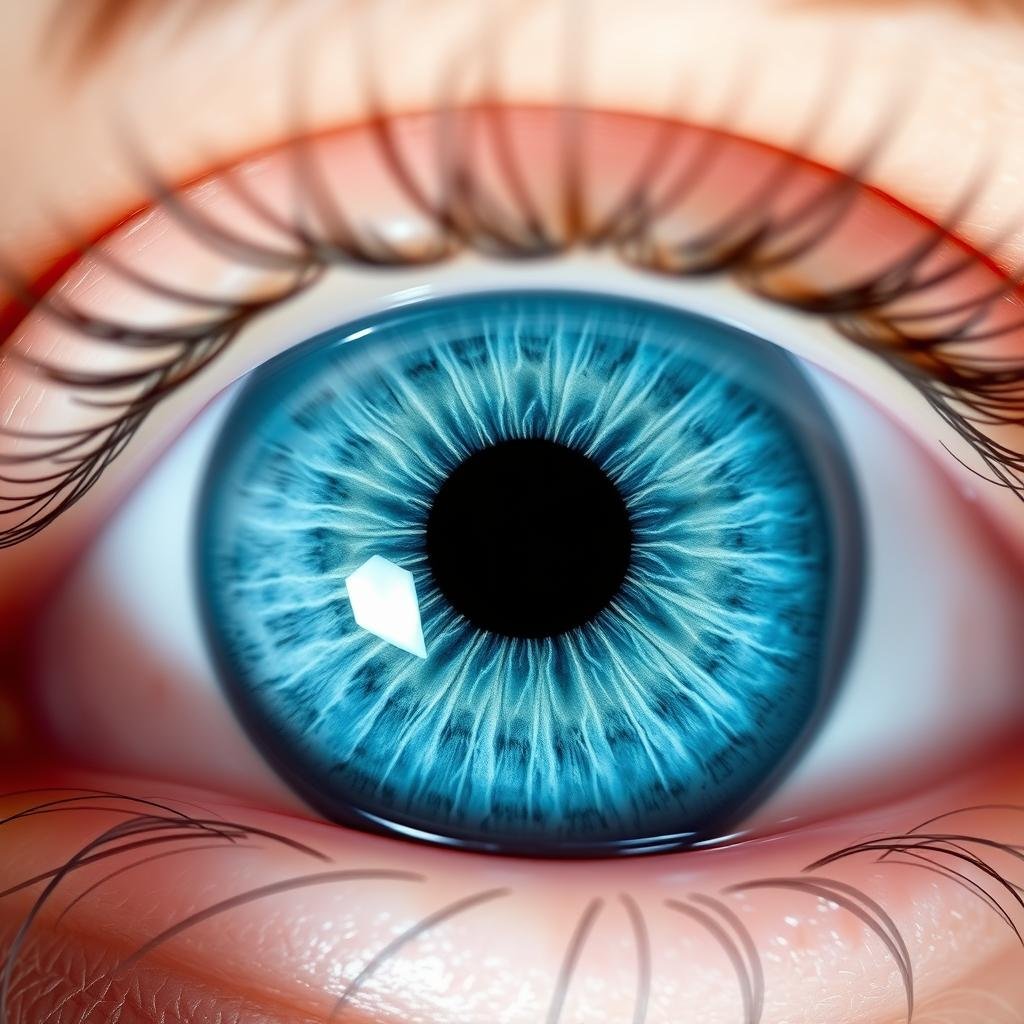
Blue iris indicating lymphatic constitution. www.iriscope.org
Blue Iris (Lymphatic)
Generally indicates European ancestry and a lymphatic constitution. May show greater susceptibility to lymphatic and respiratory conditions. Markings tend to be more visible against the lighter background.

Brown iris indicating hematogenic constitution. www.iriscope.org
Brown Iris (Hematogenic)
Associated with Asian, African, or Mediterranean ancestry and a hematogenic constitution. Often indicates stronger blood and circulatory systems but potential sensitivity to blood sugar imbalances.

Mixed iris indicating biliary constitution. www.iriscope.org
Mixed Iris (Biliary)
Combines elements of both blue and brown, indicating a mixed constitution. May show particular sensitivity to liver, gallbladder, and digestive functions. Often displays a “flower pattern” of pigmentation.
Beyond the base color, pigment spots and discolorations provide additional insights during an iridology reading. These acquired markings can indicate toxic settlements, medication deposits, or areas of inflammation.
Interpreting Iris Zones in Iridology Reading
The iris is divided into concentric zones that correspond to different body systems and functions. Understanding these zones is essential for accurate iridology reading and interpretation.
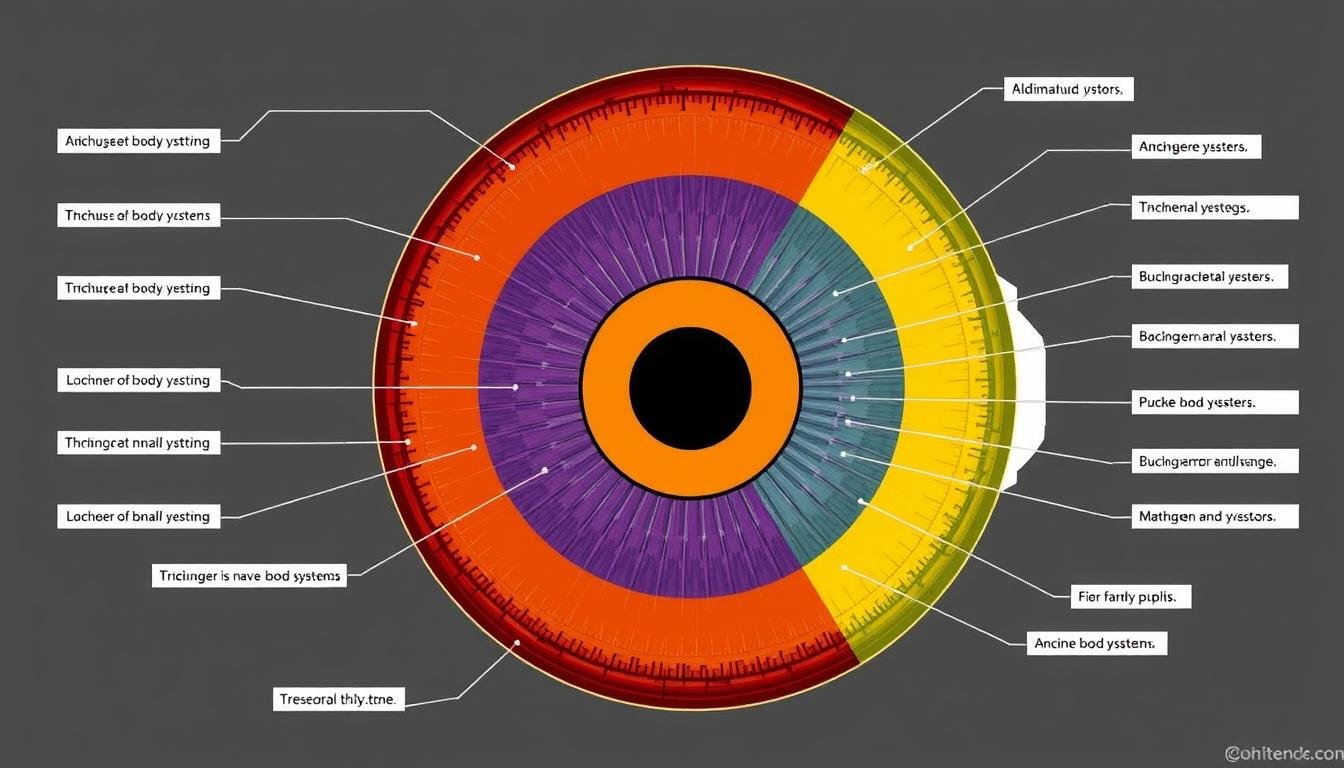
Concentric zones of the iris and their body system correlations. www.iriscope.org
The Seven Zones of Iridology Reading
| Zone |
Location |
Body Systems |
Significance |
| Zone 1 |
Pupil and pupillary margin |
Digestive tract, stomach |
Digestive capacity and function |
| Zone 2 |
Inner pupillary zone |
Small intestine, duodenum |
Nutrient absorption and assimilation |
| Zone 3 |
Outer pupillary zone |
Large intestine, colon |
Elimination and detoxification |
| Zone 4 |
Collarette (autonomic nerve wreath) |
Circulatory system, blood |
Circulation and nervous system balance |
| Zone 5 |
Inner ciliary zone |
Muscular system, lungs, bronchi |
Respiratory function and muscular health |
| Zone 6 |
Middle ciliary zone |
Skeletal system, joints |
Structural integrity and joint health |
| Zone 7 |
Outer ciliary zone (iris edge) |
Skin, lymphatic system, sensory organs |
Elimination through skin, sensory function |
“The iris reveals both inherited constitutional strengths and acquired patterns that reflect our lifestyle choices and environmental exposures. Learning to read these patterns provides a roadmap for preventive health strategies.”
– Dr. Bernard Jensen, Pioneer in Modern Iridology
Constitutional Types in Iridology Reading
One of the most valuable aspects of iridology reading is the ability to identify constitutional types, which reveal inherent strengths and potential vulnerabilities. These constitutional insights help practitioners develop personalized health recommendations.
Strong Constitution
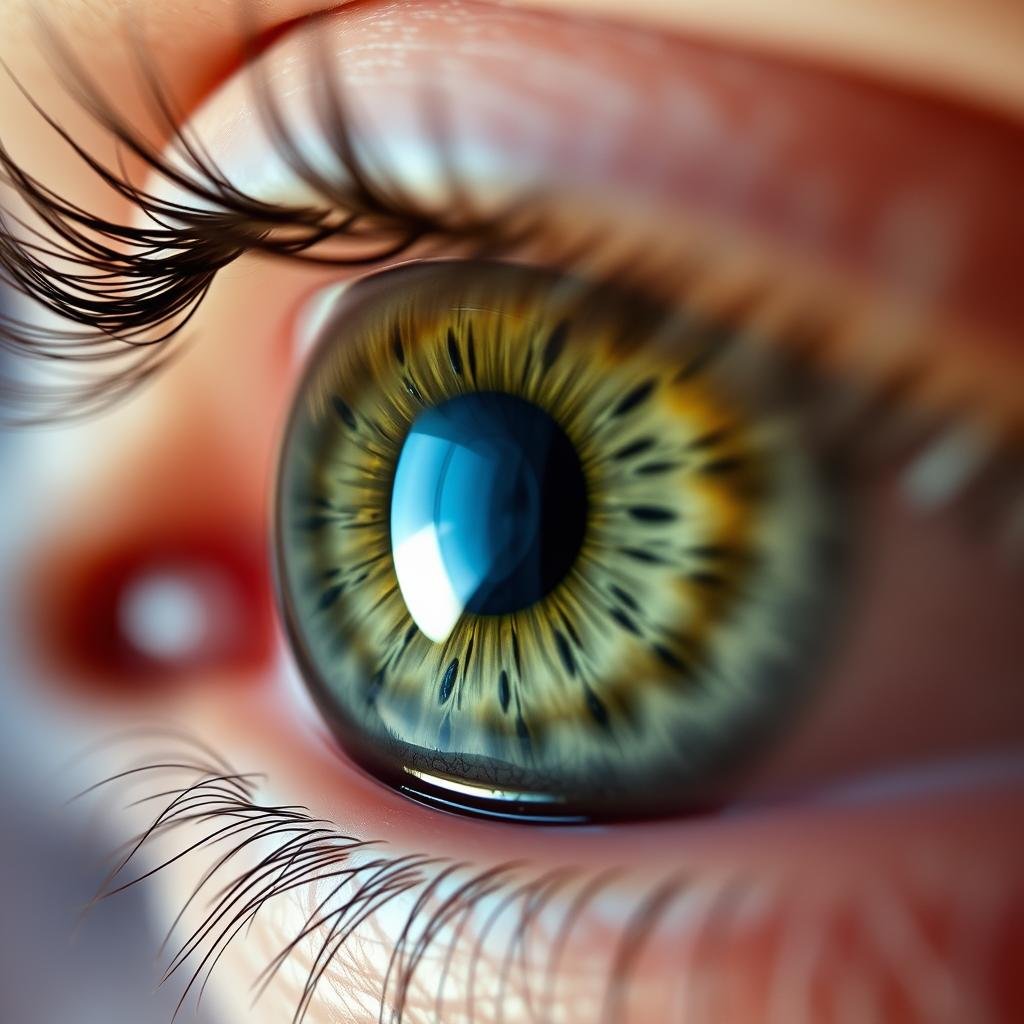
Strong constitution with tight, even fiber structure. www.iriscope.org
- Tightly woven iris fibers
- Few inherent weaknesses
- Good recovery capacity
- Resilient immune response
- Efficient elimination pathways
Medium Constitution
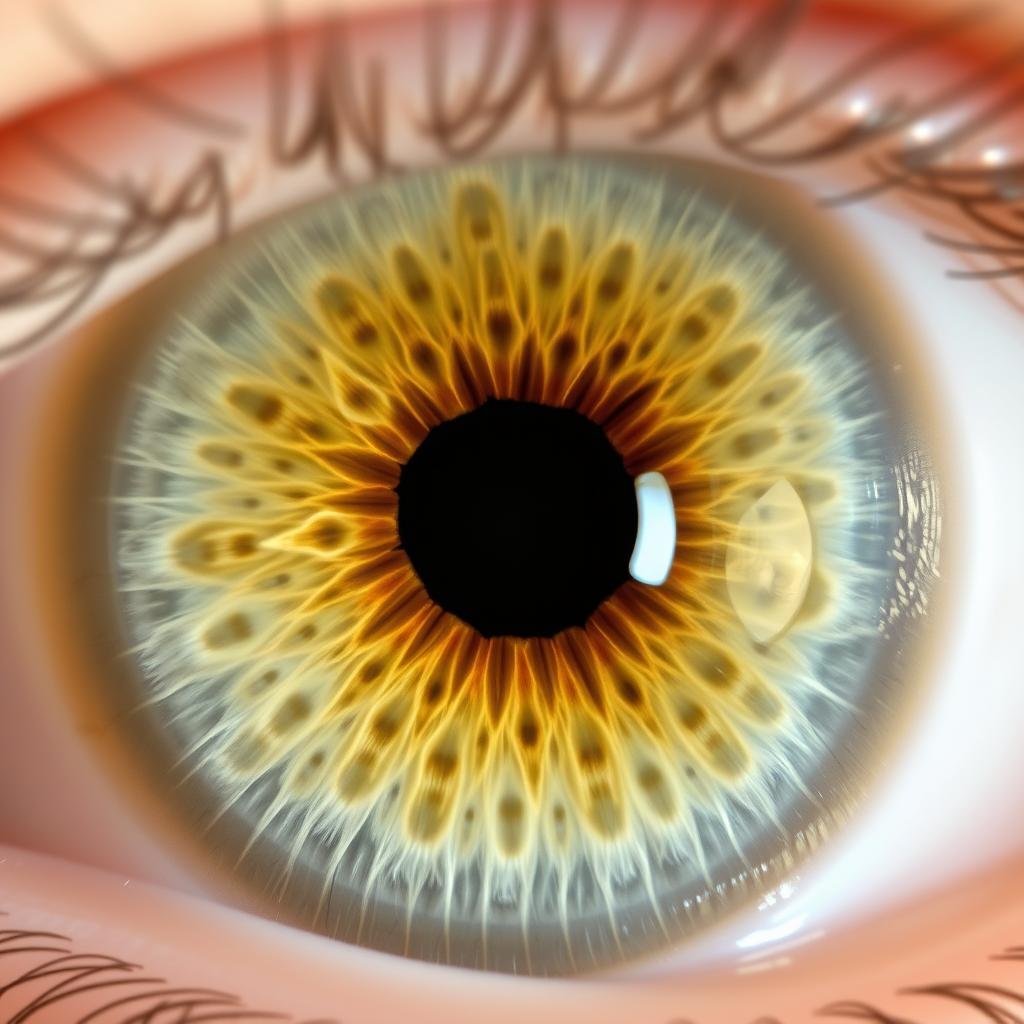
Medium constitution with moderate fiber density. www.iriscope.org
- Moderately dense fiber structure
- Some inherent weaknesses
- Average recovery capacity
- Moderate stress tolerance
- Some constitutional vulnerabilities
Weak Constitution
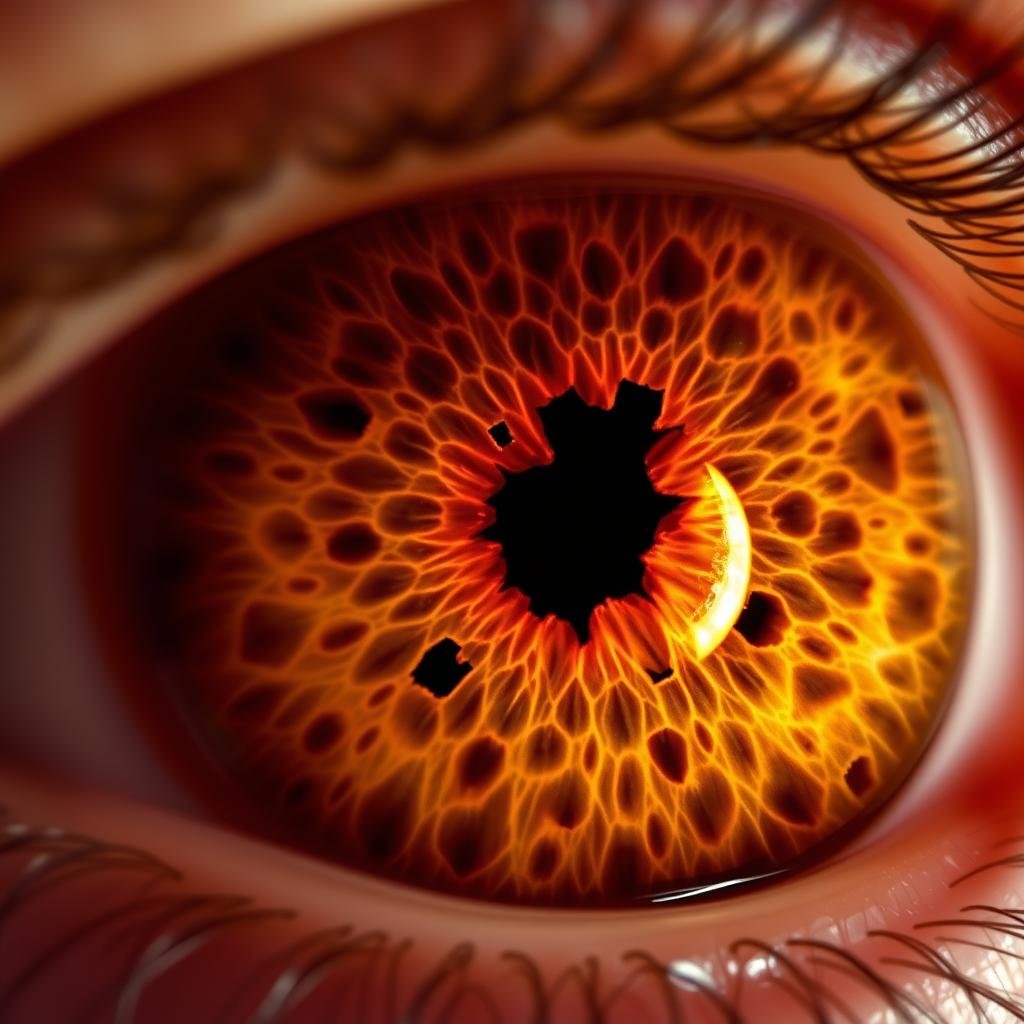
Weak constitution with loose fiber structure. www.iriscope.org
- Loosely woven iris fibers
- Multiple inherent weaknesses
- Slower recovery capacity
- Lower stress tolerance
- Multiple constitutional vulnerabilities
Constitutional assessment through iridology reading provides a foundation for understanding how an individual may respond to various health challenges and therapeutic approaches. It helps practitioners tailor recommendations to support inherent weaknesses while leveraging natural strengths.
Common Health Indicators in Iridology Reading
Experienced iridologists recognize specific patterns that commonly indicate particular health conditions or tendencies. While iridology reading does not diagnose disease, these indicators can guide further investigation and preventive measures.
Inflammation Signs
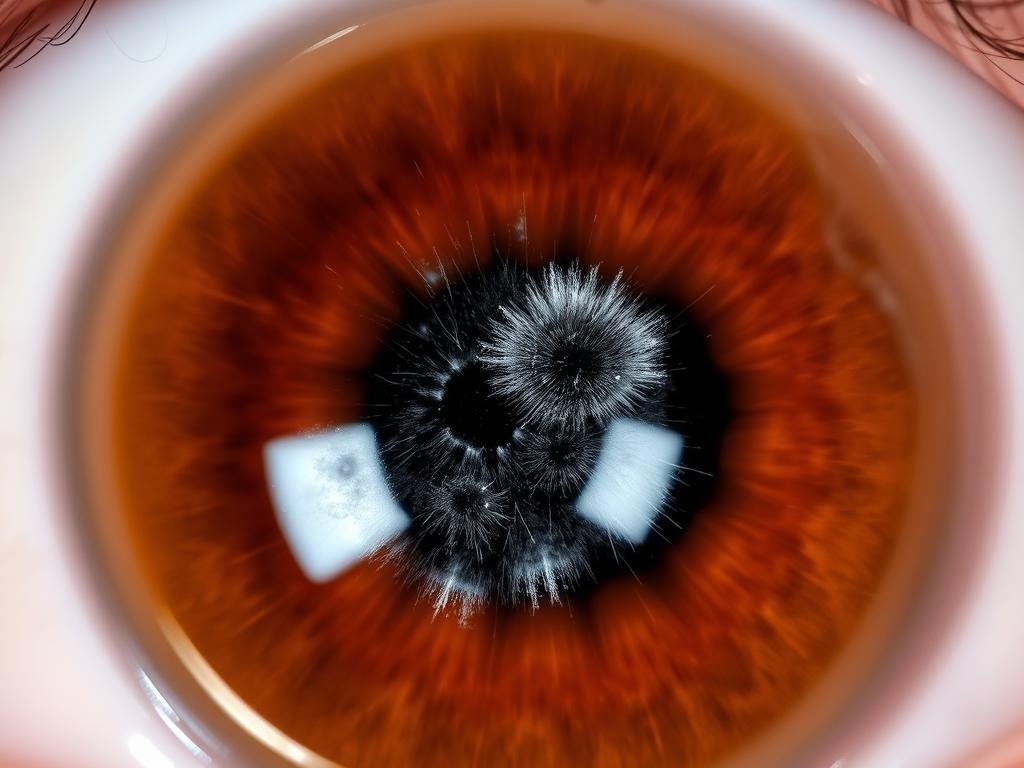
White acute inflammation markings in the iris. www.iriscope.org
Acute inflammation appears as white markings in the iris, often indicating active irritation or inflammatory processes in the corresponding body area. These markings may appear temporarily during acute conditions and fade as healing occurs.
Toxic Settlement Signs
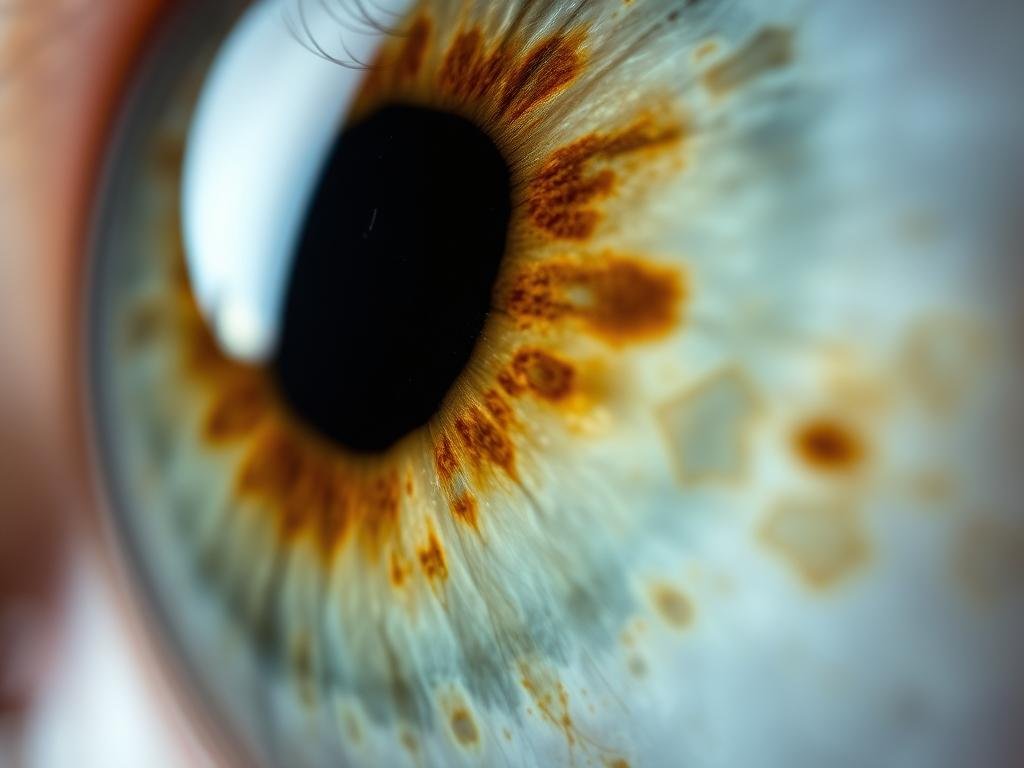
Dark toxic settlement patterns in the iris. www.iriscope.org
Toxic settlements appear as dark spots or discolorations, potentially indicating areas where toxins have accumulated. These markings often correlate with exposure to environmental toxins, medications, or poor elimination function.
Stress and Nervous System Indicators in Iridology Reading
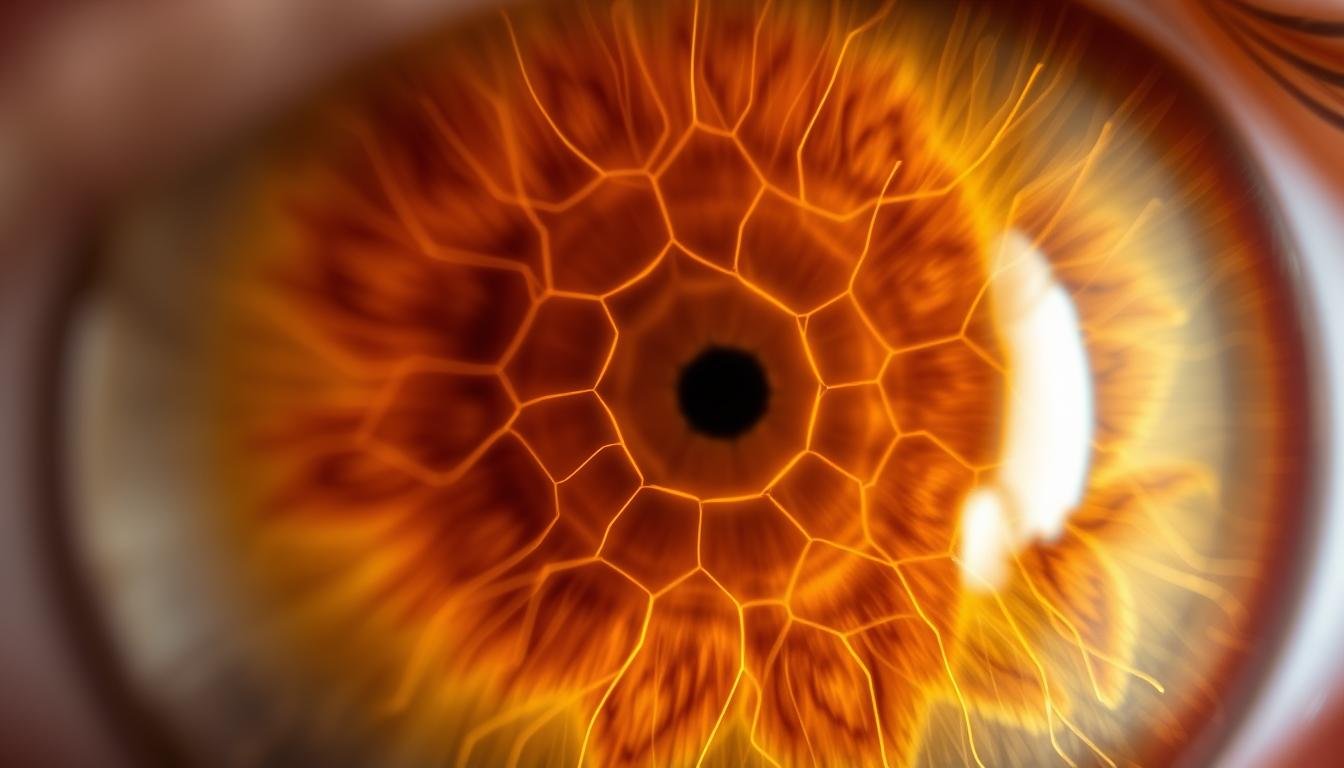
Nerve rings indicating stress patterns in the iris. www.iriscope.org
Nerve rings appear as circular contraction rings in the iris fiber. In iridology reading, these rings often indicate:
- Nervous system stress and tension
- Potential adrenal fatigue
- Sympathetic nervous system dominance
- Chronic stress response patterns
- Sleep disturbances and anxiety tendencies
Important Note: While iridology can reveal potential health tendencies, it should always be used as a complementary assessment tool alongside proper medical care. Significant health concerns should be evaluated by qualified healthcare professionals.
The Iridology Reading Process: What to Expect
Understanding what happens during a professional iridology reading can help you prepare and get the most value from the experience. Here’s what typically occurs during a session:

Professional iridologist conducting an examination session. www.iriscope.org
- Initial Consultation: The practitioner takes a health history and discusses your primary concerns and goals.
- Iris Photography: High-resolution digital images of both irises are captured using specialized equipment.
- Iris Analysis: The practitioner examines the iris structures, markings, and patterns using iridology charts and principles.
- Findings Discussion: Observations about constitutional strengths, potential weaknesses, and health tendencies are shared.
- Recommendations: Personalized suggestions for diet, lifestyle, supplements, or further investigation may be provided.
- Follow-up Plan: A timeline for reassessment may be established to monitor changes in the iris over time.
Ready for Your Personal Iris Analysis?
Our comprehensive iridology reading provides detailed insights into your constitutional strengths and potential health tendencies.
Schedule Your Reading Today
Benefits and Limitations of Iridology Reading
Like any assessment method, iridology reading has both strengths and limitations. Understanding these helps set appropriate expectations and use iridology effectively as part of a holistic health approach.
Benefits of Iridology
- Non-invasive assessment method
- Provides insights into constitutional strengths and weaknesses
- May reveal tendencies before symptoms develop
- Helps identify potential root causes of health issues
- Guides personalized preventive health strategies
- Offers a holistic view of body systems and their interrelationships
- Can monitor healing progress over time
Limitations of Iridology
- Not a diagnostic tool for specific diseases
- Interpretation can vary between practitioners
- Limited scientific validation in conventional medicine
- Cannot detect all health conditions
- Should not replace proper medical care
- May not show acute conditions that haven’t affected tissue
- Results require skilled interpretation
“Iridology is most valuable when used as one component of a comprehensive holistic health assessment, providing insights that complement other approaches to create a complete picture of an individual’s health status.”
Frequently Asked Questions About Iridology Reading
Is iridology reading scientifically proven?
Iridology has limited validation in conventional scientific research. While some studies show correlations between iris markings and certain health conditions, others have not found consistent relationships. Iridology is best viewed as a complementary assessment tool rather than a definitive diagnostic method.
How often should I get an iridology reading?
For general health monitoring, an annual reading is often sufficient. If you’re working on specific health issues or making significant lifestyle changes, readings every 3-6 months may be beneficial to track progress. Significant changes in iris markings typically develop gradually over time.
Can iridology reading detect serious diseases like cancer?
Iridology does not diagnose specific diseases, including cancer. It may show areas of tissue weakness or stress that could warrant further investigation through conventional medical testing, but it should never be used as a substitute for proper medical diagnosis and treatment of serious conditions.
Will my eye color affect my iridology reading results?
Yes, eye color does influence iridology analysis. Blue or lighter-colored irises typically show markings more clearly, while brown eyes may require more specialized techniques to reveal certain patterns. However, skilled iridologists can work with all iris types to provide valuable insights.
Can children benefit from iridology reading?
Yes, iridology can be particularly valuable for children as it may reveal constitutional tendencies early in life when preventive measures can be most effective. The non-invasive nature of iridology makes it suitable for children of all ages, though younger children may require special techniques to capture clear iris images.
Embracing the Insights of Iridology Reading
The fascinating practice of iridology reading offers a unique window into your body’s health landscape, revealing patterns and tendencies that can guide your wellness journey. By understanding the key symbols and markings in your iris, you gain valuable insights into your constitutional strengths, potential vulnerabilities, and areas that may benefit from supportive care.
While iridology should always complement rather than replace conventional medical care, its holistic perspective can provide a valuable dimension to your health understanding. Whether you’re seeking preventive health strategies or looking to address specific concerns, a professional iridology reading may offer insights that help you make informed decisions about your wellbeing.
Discover What Your Eyes Reveal About Your Health
Contact Lucy today to schedule your comprehensive iridology reading and take a proactive step toward optimal wellness.






























